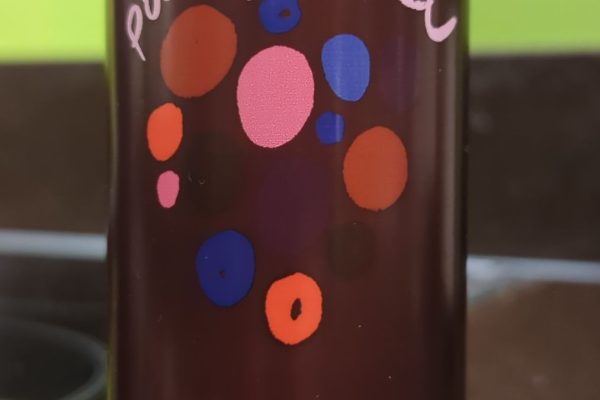
The presence of natural fruit acids that lend a tart, crisp taste to wine. Essential for balance and structure in the wine and its longevity.
Acidity is an inherent trait present in all wines, which is characterized by a pH level below 7. Generally falling within a range of 2.8 to 4.0, wine acidity is influenced by various factors, with white wines typically exhibiting higher acidity levels than their red counterparts.
Wines with elevated acidity are often perceived as fresher, livelier and more vibrant on the palate. This crucial element plays a role in balancing the wine, ensuring it does not become overly sweet or heavy. By acting as a counterpoint to the wine’s natural sweetness, acidity delivers a refreshing and cleansing effect that delights the taste buds.
The presence of acidity improves fruit flavours in the wine, rendering them more pronounced and distinct. A delightful tartness emerges, reminiscent of the crispness found when biting into a perfectly ripe apple or zesty citrus fruit.
White wines boasting higher acidity tend to age better than those with lower acidity. On the other hand, red wines can maintain their quality with comparatively lower acidity levels due to the presence of phenolic compounds that act as natural preservatives.
The amount of sunlight grapes receive influences their acidity levels. Grapes grown in shaded areas tend to contain less sugar and more acid, resulting in wines with higher acidity. Conversely, grapes exposed to ample sunlight often develop higher sugar content and reduced acidity.
The perception of acidity is subjective and individual sensitivity levels influence personal preferences for wines with varying levels of acidity.













